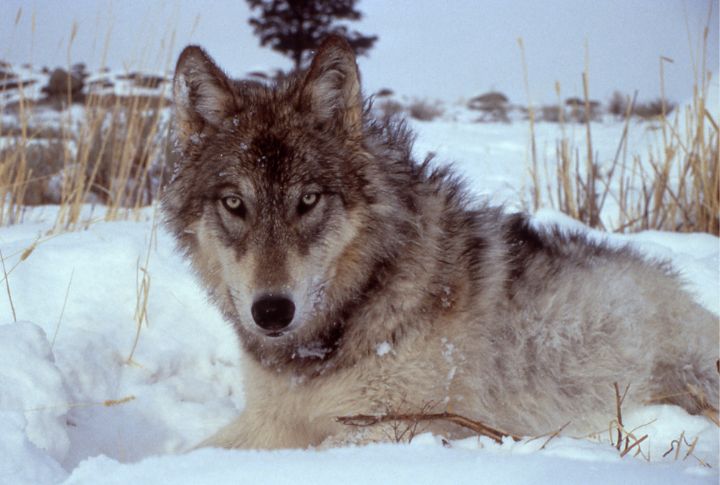
You’d think adding a pack of wolves to Yellowstone would just mean more howling at the moon, right? Turns out, these predators didn’t just make noise—they completely turned the park around. So, let’s explore ten incredible ways wolves brought Yellowstone back to life and left paw prints on the park forever.
Wolves Put Elk On The Move
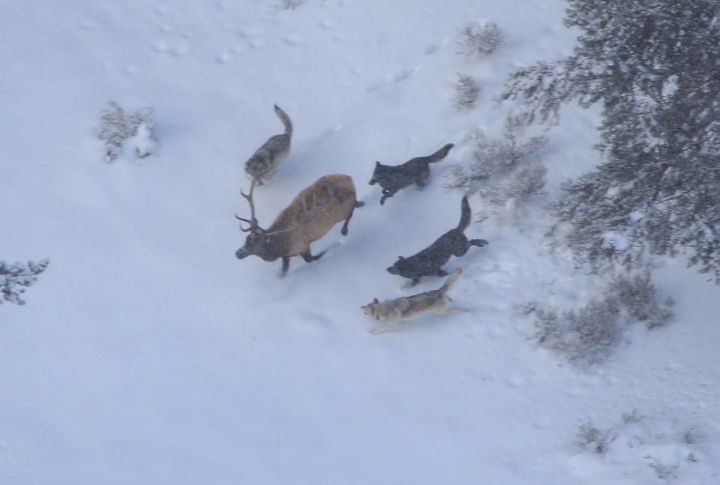
Predators keep prey alert, and Yellowstone’s wolves did just that. Elk, once grazing leisurely, began moving frequently to avoid becoming dinner. This shift reduced overgrazing in valleys and along rivers. By 1995, when wolves returned, the park was already struggling. Now, you can see healthier meadows and thriving aspen stands thanks to this natural chase.
Streams Began Flowing Freely Again
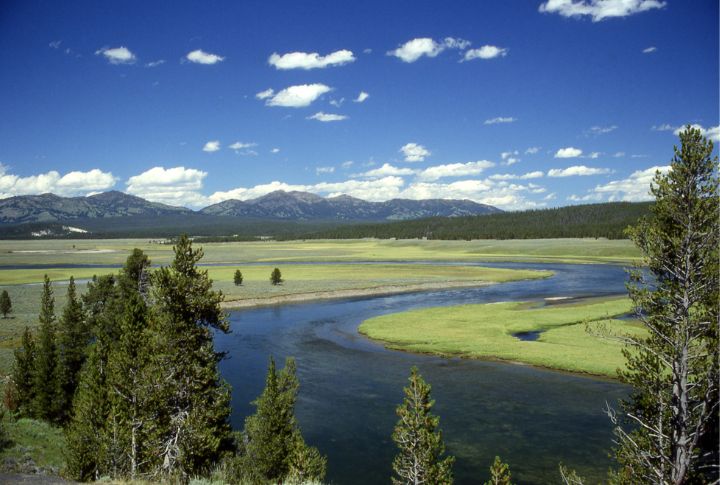
With fewer elk munching away, riverbanks regained their strength. Willows and cottonwoods sprang back to life, stabilizing soil and reducing erosion. In the late 1990s, riparian zones bounced back, which attracted beavers and songbirds. Rivers like the Lamar are perfect examples of how bringing wolves back gave Yellowstone’s waterways a much-needed breather.
Scavengers Got A Boost
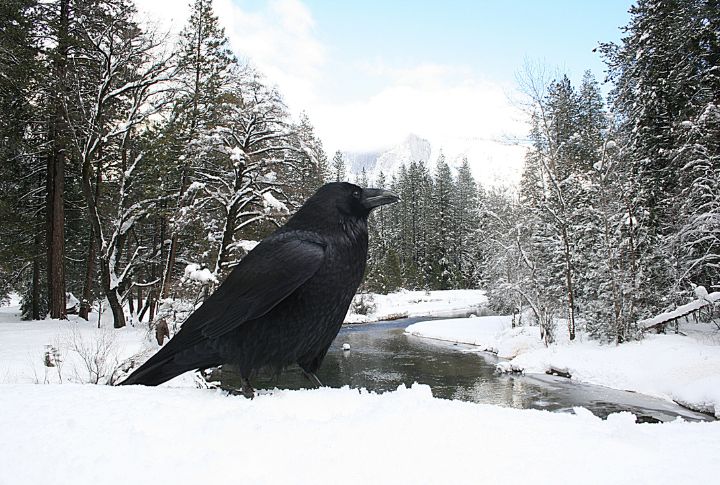
Every wolf kill turned into a feast for Yellowstone’s scavengers. Animals like ravens and eagles thrived on the leftovers. These carcasses provided much-needed nutrition, especially during tough winters. In fact, scientists noticed an increase in scavenger populations around wolf territories. This way, wolves were feeding more than just themselves.
Beavers Made A Grand Return
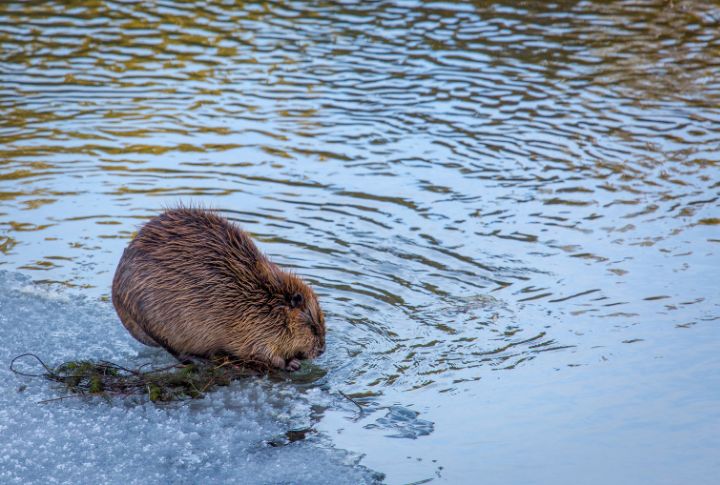
Beavers were nearly gone from Yellowstone by the 1920s. Wolves brought them back indirectly by reducing elk grazing. With willows and aspens recovering, beavers found the building materials they needed. Soon, their dams started popping up again, which created ponds that supported fish, amphibians, and waterfowl.
Coyotes Lost Their Reign
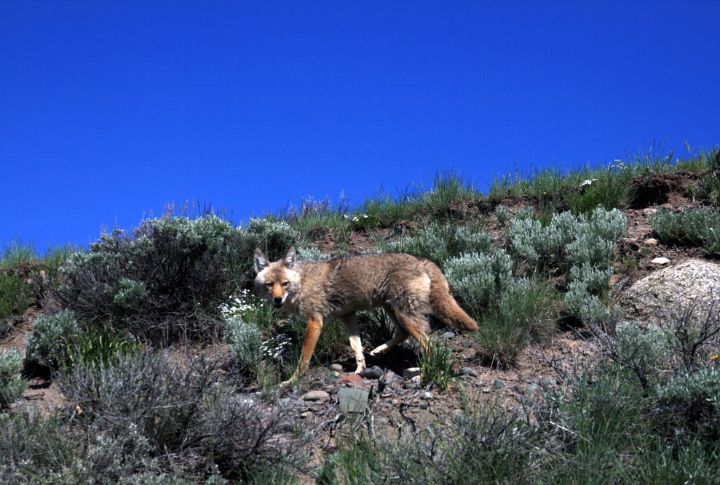
Coyotes had been at the top of the food chain after wolves were eradicated in the 1920s, and their population exploded. But the return of wolves changed that. Within a few years, coyote numbers were cut in half. This allowed small mammals like rabbits and voles to rebound, further benefiting hawks, foxes, and other predators.
Grizzly Bears Found More Food
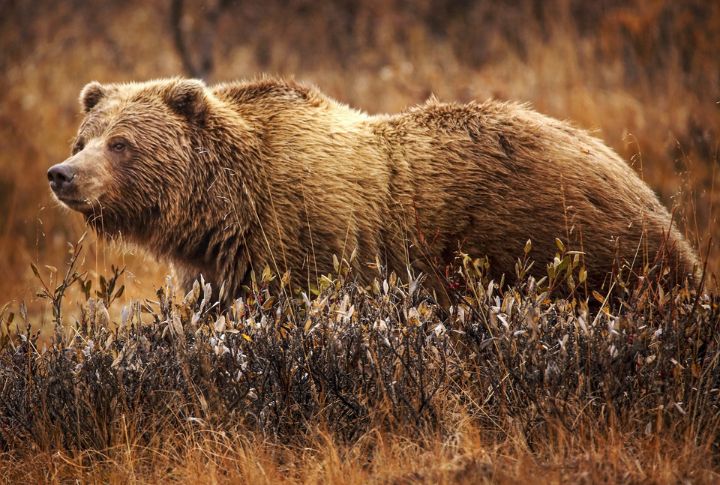
Yellowstone’s grizzlies were some of the biggest beneficiaries of the wolves’ return. Carcasses left behind by wolf packs provided a vital food source, especially during early spring when food is scarce. The regrowth of plants like berry bushes added another boost to their diets. Bears and wolves may not be friends, but they’re part of the same success story.
Insects Joined The Party
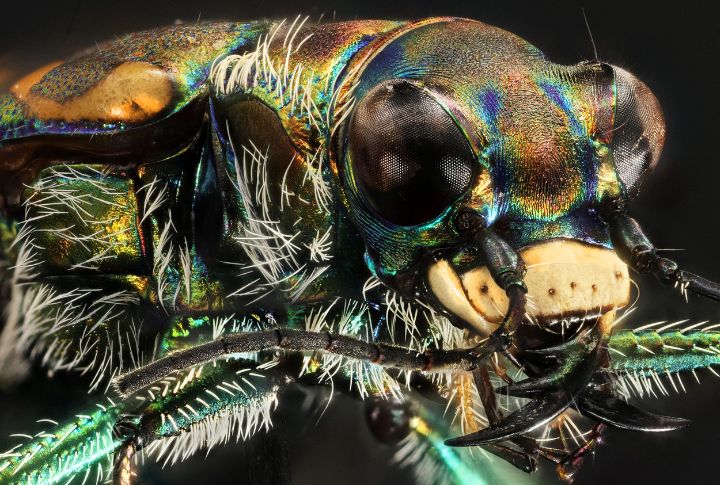
It wasn’t just big animals that benefited—tiny ones did, too. Wolf kills created nutrient-rich patches of soil as carcasses decomposed. Insects, like beetles and flies, thrived in these areas, drawing in birds and other insect-eaters. By 2000, researchers observed a notable increase in insect activity near wolf kill sites, strengthening the park’s food web from the ground up.
Tourism Thrived Thanks To Wolves
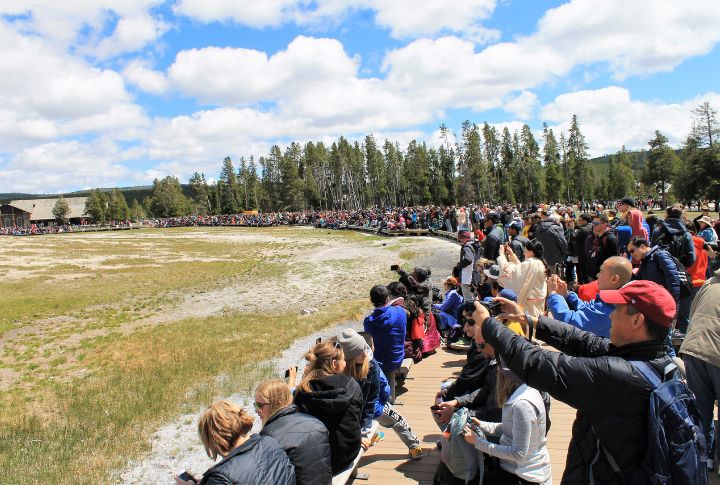
Wolves became a major draw for tourists. Visitors eager to see these iconic predators in the wild boosted Yellowstone’s tourism industry significantly. Around the early 2000s, wolf-related tourism added an estimated $35 million annually to local economies, further supporting businesses and jobs while showcasing the park’s revitalized wildlife.
Research And Education Flourished
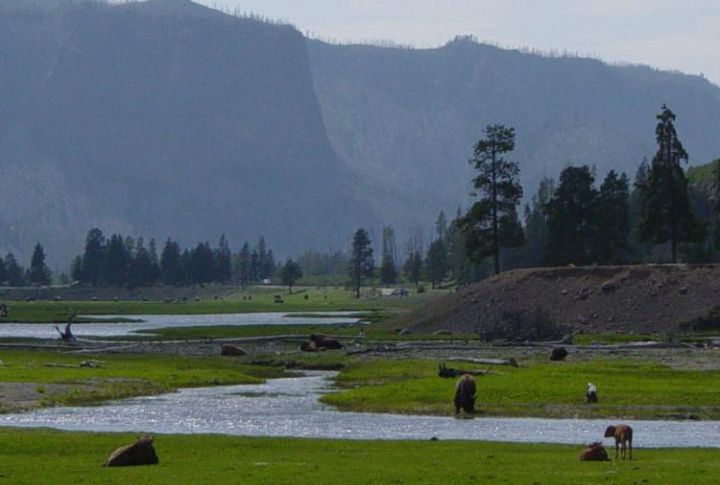
Yellowstone’s wolf reintroduction became a global case study in ecosystem restoration. Scientists flocked to study the wolves’ cascading effects to uncover lessons in predator-prey dynamics. Over 150 studies have been published on the topic, influencing conservation strategies worldwide. This remarkable success story continues to inspire rewilding projects everywhere.
The Controversies Surrounding Yellowstone’s Wolves
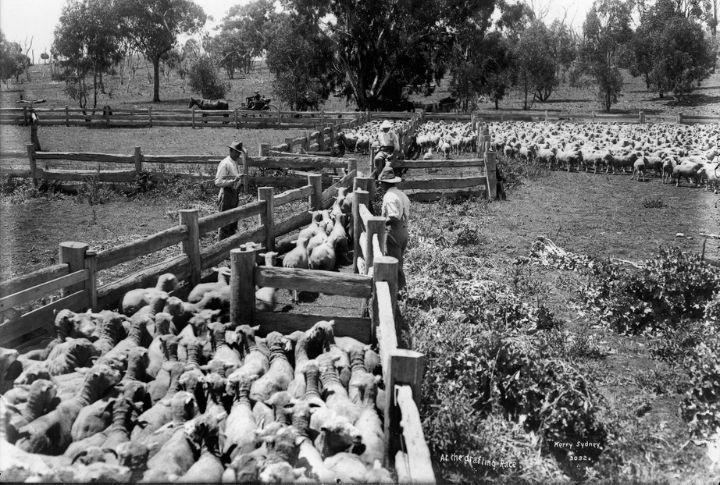
Not everyone cheered the wolves’ return. Ranchers near Yellowstone worried about livestock losses, claiming wolves posed a threat to their livelihood. Some even pushed for culling programs. Hunters argued that wolves reduced elk herds too much, which impacted sport hunting. Despite these concerns, studies showed that wolves actually balanced wildlife populations.
